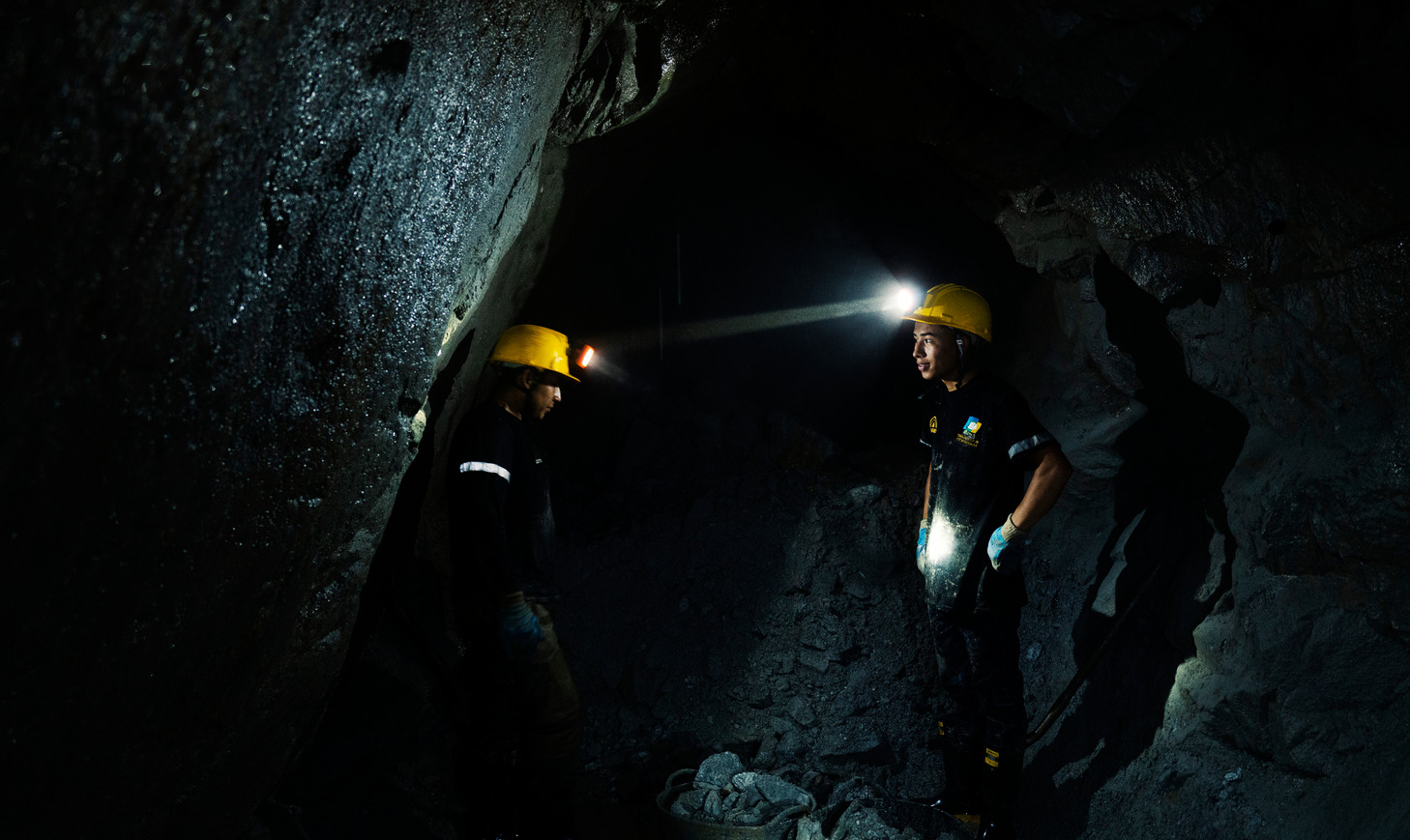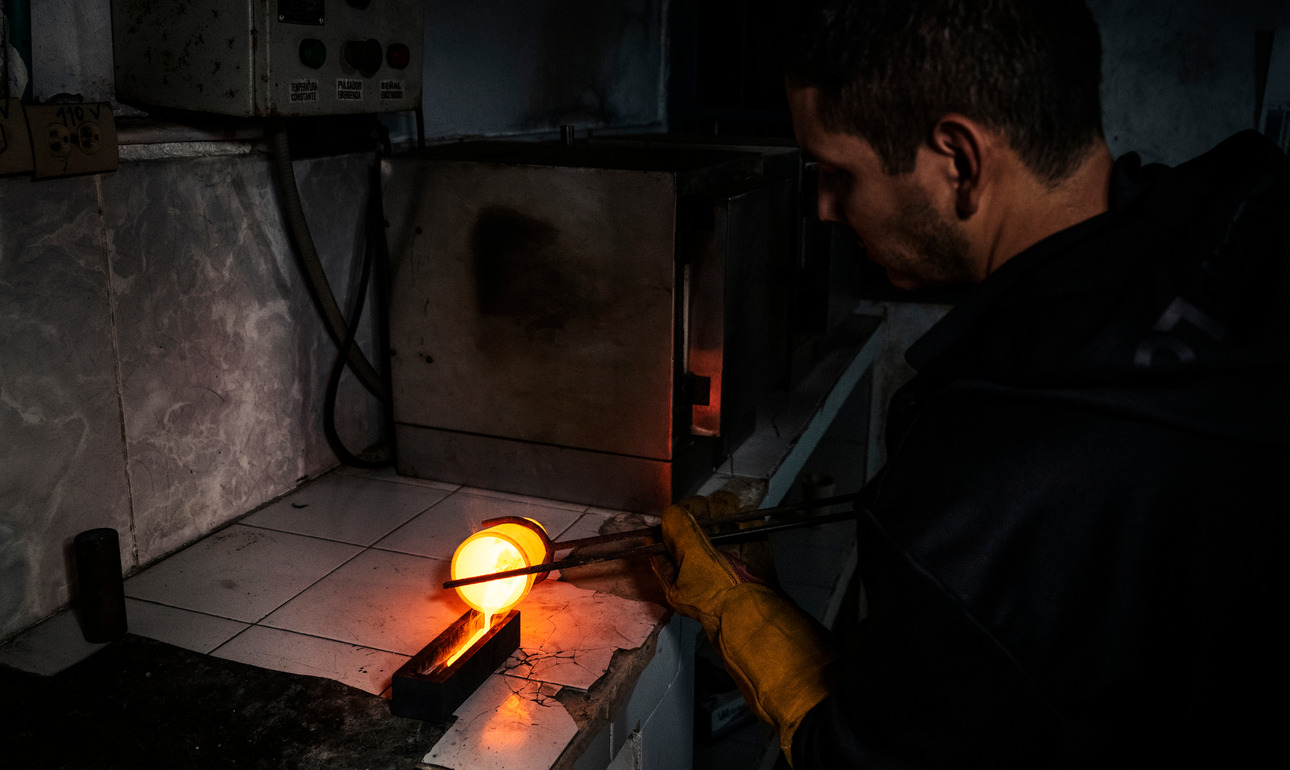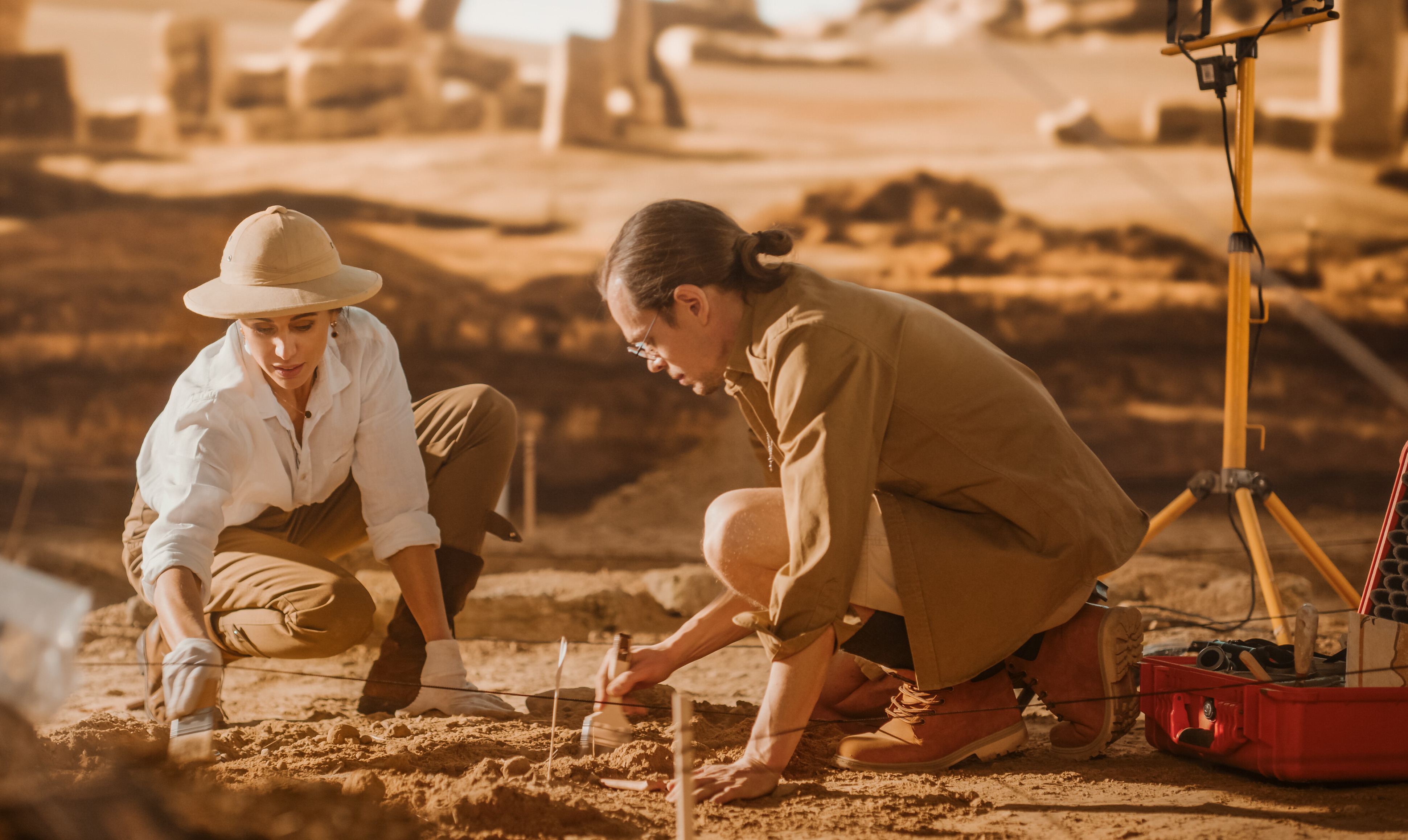Over the years, gold panning turned into mining has had and still has a huge impact on the environment, health and working conditions of citizens. There are in fact 350,000 people in Colombia who carry out work in the gold sector through artisanal production that sustains the many families even in the most remote areas of the country.
This is an important number that invites reflection on how much mining can negatively or positively impact civil society depending on the right or wrong choices made by local institutions and those involved in ensuring optimal conditions for miners, who are often victims of internal conflicts, child labor or lack of gender equity.
Paying the price, in addition to the inhabitants, is the environment exposed to numerous pollutants including mercury widely used during the mining of gold and other metals. In fact, one hundred tons of the toxic liquid metal are leaked into the environment every year, polluting the soil and groundwater, compromising the health of miners and people living near the mines.
Since 2018, when Colombia decided to get rid of mercury, however, things are changing. In such a complex context based on dynamics that have made the history of South American countries, making an exception is Fairmined, the initiative created to certify the provenance of gold mined without the use of mercury and in ways that are in harmony with nature, the inhabitants and workers by promoting sustainable development and contributing to the transformation of the lives of mining communities. In addition to being paid a fair price, producers receive a cash premium ranging from $4 to $6 per gram mined depending on whether or not chemicals are used during extraction. With this premium, small artisans can reinvest it towards projects dedicated to gender equality, the environment or human rights.
 Stefano Guindani, photographer
Stefano Guindani, photographer



/original/BG4SDGS+Talks+%281%29.png)

